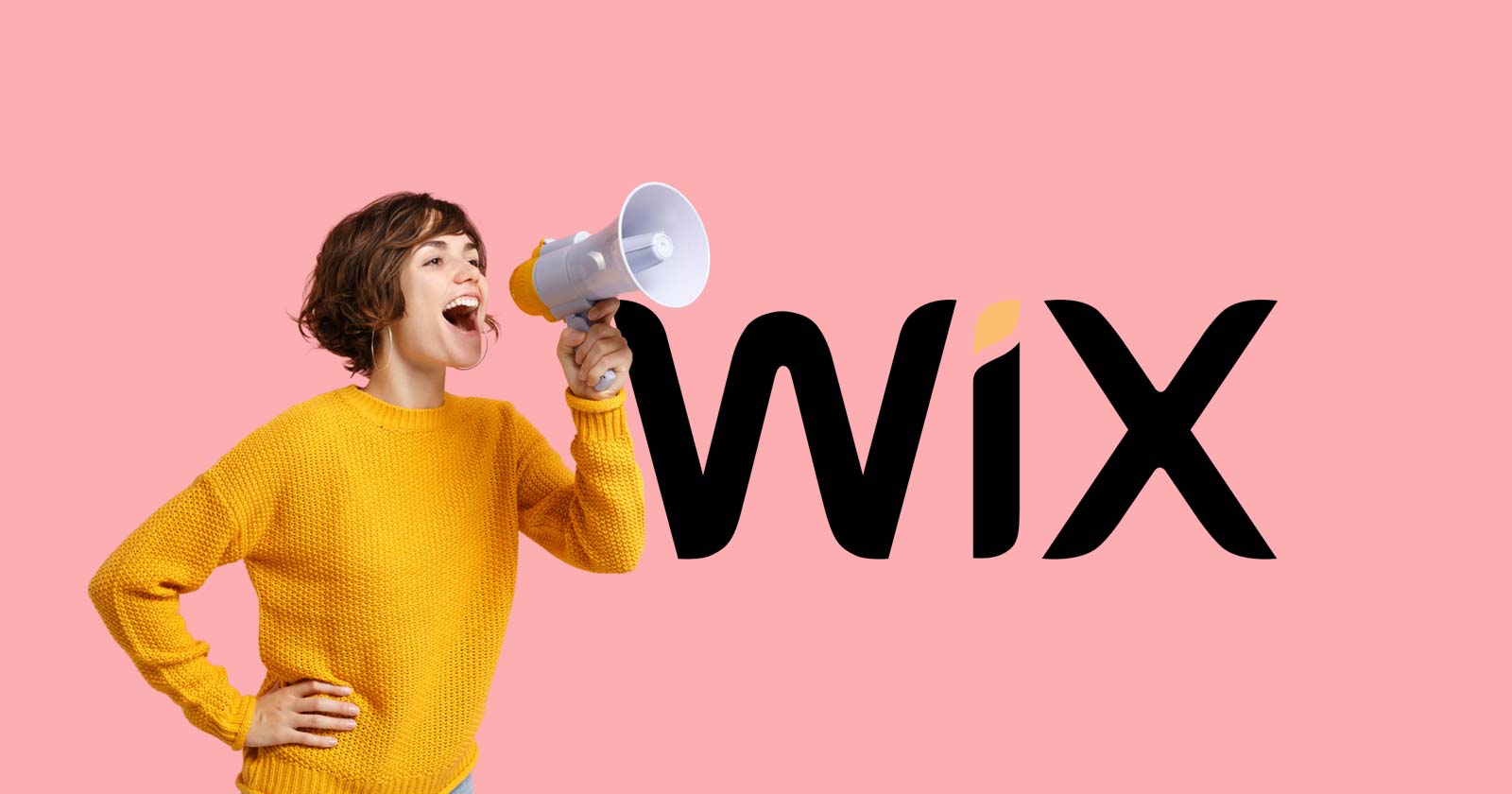Unraveling the Impact of Artificial Intelligence Overviews on Organic Traffic
As the sun set two weeks post the launch of Artificial Intelligence Overviews (AIOs) by global tech giant, Google, numerous entities hopped aboard the analysis train. The goal was simple, yet convoluted -- delve into the early data and assess the impact on organic traffic.
The initiative wasn't baseless. There had been reports bustling with instances of misinformation and even harmful advice emanating from Google’s AI responses.
Analyzing the Implications
On evaluating the scenario, it became increasingly transparent that AIOs could potentially dent the influx of organic traffic, especially in scenarios where users were on the hunt for rapid responses. However, in some cases, it seemed plausible that certain AIOs could steer more traffic towards the websites they quote from.
This quest had led me to utilize ZipTie, a potent tool to rummage through the vast search results of 1,675 questions in the health sector on May 22. The objective was to better comprehend how, when, and potentially why Google splashes AIOs across its platform.
The AIO Footprint
As we understand, AIOs spring up 42% of the time, a staggering figure in comparison to the 16% encountered in eCommerce by ZipTie. Such a scenario stems from Google's decision to display AIOs for complex inquiries, which are more frequent in the health sector compared to eCommerce.
Longer queries do trigger AIOs, but their frequency in sensitive sectors like health, where misinformation is perilous, was startling.
Decoding the Matrix
An impressive average of 6.3 links per AIO was derived from analysing 4,493 sites cited in the 704 AIOs dataset. A robust correlation emerged between sites appearing in the top 10 organic results and sites referenced in AIOs for 1,675 keywords - a potential ray of hope for SEO strategists.
The Impact of AIOs
Beyond the technicalities, the fundamental question revolves around the impact of AIOs on the organic traffic of mentioned and unmentioned URLs. Diving in, I compared organic clicks from Search Console for a domain across 1,675 non-branded US keywords in the week of May 7 and the week of May 14.
An adverse correlation between cited URLs and traffic transitions surfaced. This indicated reduced clicks on URLs cited in AIOs. However, the effect varies based on user intention, comparable to Featured Snippets, which can either increase or decrease click-through rates based on the complexity of the keyword.
Potential Shortcomings
Despite the insights, there are certain caveats to this analysis. For instance, the frequency at which AIOs change is undetermined, attributing a degree of uncertainty to this analysis. Moreover, a larger dataset and extensive traffic information is required to substantiate these statements.
The Broader Perspective
Generally, manifesting strong SEO performance appears to be a reliable means of featuring in AI Overviews. Nevertheless, the exact content features enhancing the likelihood of citation in AIOs remain elusive. Regardless, the advent of AI Overviews has gone beyond influencing "just" Google Search, it has nudged the cash cow of one of the world's most valuable companies.
AI has become increasingly ingrained in our lives since the inception of ChatGPT3 in November 2022. AIOs could act as a flagbearer in asserting the value of AI in products and perhaps, give us the answer to whether we are truly in an AI bubble. Only time will tell.
X (Twitter) of Bartosz Góralewicz
AI Overviews: Measuring the Impact on SEO
Image/Photo credit: source url
[ad_2]


